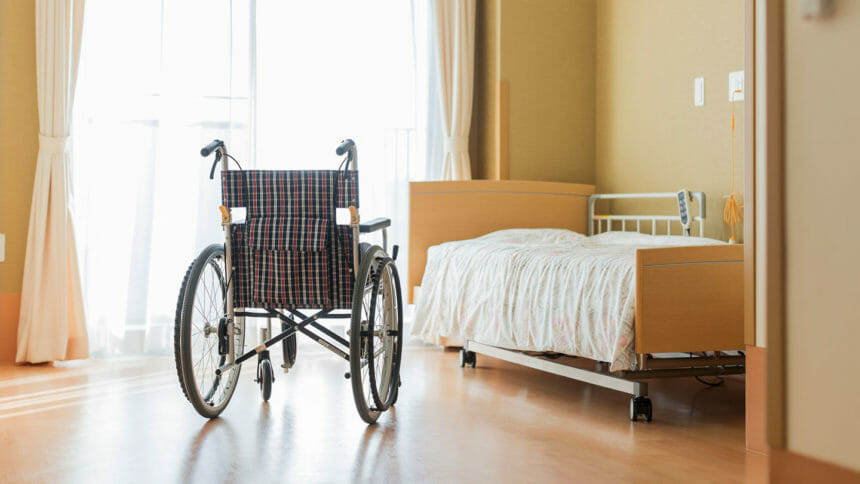
Nursing home occupancy continues to rise but rates are still below pre-pandemic levels, indicating it’s time for stakeholders to acknowledge there’s been irreversible change and time to diversify, a sector expert says.
Skilled nursing occupancy rose 48 basis points in August, the latest month for which data is available, to end at 78.8%, according to the National Investment Center for Senior Housing & Care. That marks the highest level since April 2020 and 580 basis points above the low point reached in January 2021 (73.0%), according to NIC MAP Vision data reported Thursday.
However, that high-point was still 8.4 percentage points below the 87.2% recorded in February 2020, the last pre-pandemic month.
“As staffing, wage growth and general inflation pressures persist, operations for many operators will be under pressure but the long-term demand for skilled nursing services is expected to grow over time,” wrote NIC senior principal Bill Kauffman in a blog post Monday. “Demand for skilled nursing is growing. However, retaining adequate staff is still challenging and limits the ability to increase patient admissions.”
So what are nursing home owners and administrators to do now, knowing that demographics will eventually pressure demand upward?
Continuing to strive for more financial support from government sources is one tactic, Melissa Brown, COO of Gravity Healthcare Consulting, told McKnight’s Long-Term Care News Monday. Another is to broaden operations.
“The worst thing a SNF owner can do right now is stick their head in the sand and just wait for it all to blow over — it won’t,” Brown said. “Things are changed and changing forever. Now is the time to diversify into home care and home health, to invest in the entire senior living ecosystem. Senior living shouldn’t be thought of as existing on a campus but rather encompassing an entire community, and extending beyond the walls of a physical facility.
“And when you really look at the numbers, operationally it makes a lot of sense. If we can serve future SNF patients in their homes today through home care and home health and enable them to age in place for an additional 10 years before needing SNF-level services, then we have actually retained higher revenue over the life cycle of that patient’s needs, all while improving the patient experience and outcomes.”
Revenue challenges persist
The NIC report also showed that while Medicare revenue mix and the revenue per patient day both jumped in August, they are still down from earlier in 2022.
“In January and February of 2022, increased cases of COVID-19 resulted in additional need for utilizing the 3-Day rule waiver and per-day reimbursement for COVD-19 positive patients,” Kauffman observed.
Medicare revenue mix ended August at 22%, down from its high of 24.9% in February. Medicare revenue per patient day (RPPD) is also down 2.9% after it peaked at $590 in June 2020, report authors noted.
Managed Medicare revenue mix also was down — 15 basis points lower to 10.4% in August. There’s some consolation in that it’s 229 basis points above the low of 8.1% in May 2020.
Medicare fee-for-service RPPD ended August 2022 at $573 and managed Medicare ended at $453, a differential of $120. In August, 2020, the differential was $105.
“Depending on an operator’s business model, the continued decline in managed Medicare revenue per patient day can pose a challenge as the reimbursement differential between Medicare fee-for-service and managed Medicare has increased during the past two years,” Kauffman wrote. “However, some operators see opportunity to capture patient volume with the growth of managed care.”
Meanwhile, Medicaid patient day mix in August was up 252 basis points from the low of 62.4% in February. Medicaid revenue mix, however, fell 25 basis points from the prior month, ending August at 50.8%.
“Ultimately, I think the pandemic-induced SNF census reduction was a catalyst for the transition already occurring in senior living, and it just sped up the timeline,” said Brown. “While a few, very savvy providers with private rooms and state-of-the-art therapy might be near full census, the majority of providers are struggling for adequate occupancy.
“The staffing crisis is definitely part of the story. However many of the providers I have spoken with wouldn’t have anywhere near a pre-pandemic census even if they did have full staffing. Many SNF wings that are closed due to staffing would probably only have a few beds filled if they were opened again.”




